
9. A Timeless Bedtime Classic – “Goodnight Moon” by Margaret Wise Brown
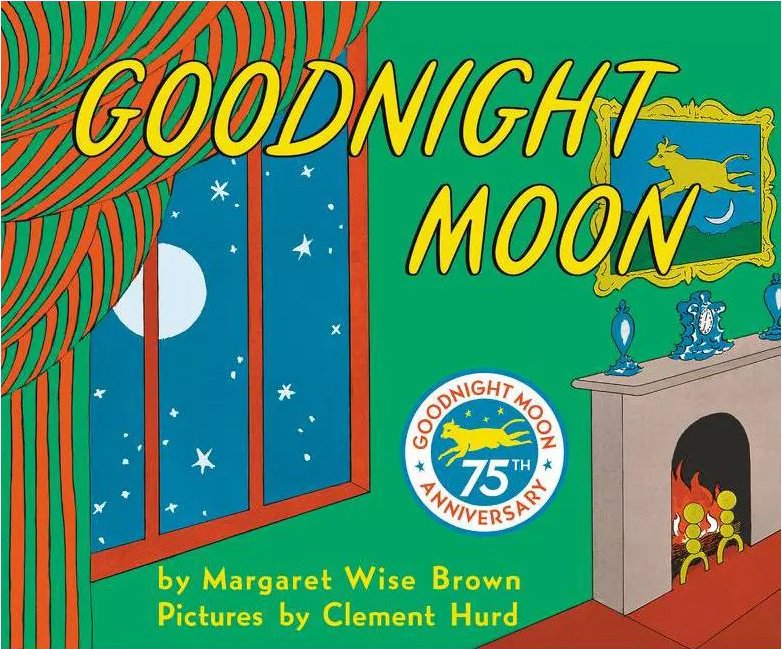
Introduction: Unveiling the Magic of “Goodnight Moon”
In the vast literary landscape of children’s books, few titles have achieved the iconic status and enduring appeal that Margaret Wise Brown‘s “Goodnight Moon” enjoys. Published in 1947, this timeless bedtime classic has become a staple in countless households, captivating generations of young readers with its enchanting narrative and soothing rhythm. As someone with a profound appreciation for the written word, I found myself drawn to the gentle charm of “Goodnight Moon,” eager to explore the reasons behind its enduring popularity.

The Magic of Repetition: Creating a Soothing Rhythm
One of the first aspects that struck me while delving into “Goodnight Moon” was its masterful use of repetition. Brown ingeniously weaves a rhythmic tapestry with words, creating a lulling cadence that mimics the comforting routine of a bedtime ritual. The repetition of phrases like “Goodnight room, goodnight moon” serves not only as a literary device but also as a calming mechanism, inviting young readers into a serene world where familiarity breeds tranquility. It’s a stroke of genius that contributes to the book’s effectiveness as a bedtime story, providing a sense of security and ease as the day comes to a close.
Visual Feast: The Illustrative Brilliance of Clement Hurd
A significant contributor to the enduring allure of “Goodnight Moon” is the visual feast provided by the illustrations of Clement Hurd. The collaboration between Brown and Hurd is nothing short of magical, as the illustrations seamlessly complement the text, enriching the narrative with vibrant colors and whimsical details. The room where the story unfolds is adorned with meticulous attention, inviting young readers to explore every nook and cranny before bidding it goodnight. The transition from vivid, daylight hues to the gradual dimming of the room mirrors the natural progression of bedtime, creating a visual metaphor that resonates with both children and their caregivers.

Beyond Goodnight: Exploring the Layers of the Narrative
While the primary theme of “Goodnight Moon” revolves around bidding goodnight to various elements in the room, a closer inspection reveals layers of subtlety that add depth to the narrative. The deliberate inclusion of the “quiet old lady whispering hush” and the rhythmic pacing of the narrative create an atmosphere of serenity, encouraging a sense of mindfulness as readers immerse themselves in the act of saying goodnight. It’s a simple yet profound engagement that fosters a connection between the reader and the story, transforming the act of reading into a shared, intimate experience.
Universal Themes: Timeless Appeal Across Generations
One of the hallmarks of a truly exceptional children’s book is its ability to transcend generational boundaries, and “Goodnight Moon” achieves this with grace. The universality of the bedtime routine, coupled with the simplicity of the narrative, ensures that the book resonates with readers of all ages. As someone who appreciates the enduring power of storytelling, I find it remarkable how “Goodnight Moon” continues to captivate young minds and create lasting memories for families around the world.

Critique: Navigating the Subjectivity of Taste
While “Goodnight Moon” stands as a paragon of children’s literature, it’s essential to acknowledge the subjective nature of literary taste. Some may argue that the simplicity of the storyline lacks the complexity found in other children’s books, but I posit that it is precisely this simplicity that contributes to the book’s universal appeal. However, tastes differ, and what resonates with one reader may not resonate with another. In the world of book reviews, acknowledging this subjectivity is paramount, and it’s important to recognize that personal preferences play a significant role in evaluating any piece of literature.
Conclusion: Embracing the Timeless Comfort of “Goodnight Moon”
In the realm of children’s literature, “Goodnight Moon” by Margaret Wise Brown stands as a testament to the enduring power of simplicity and rhythm. Its enchanting narrative, coupled with the visual brilliance of Clement Hurd’s illustrations, creates a literary experience that transcends time and resonates with readers of all ages. As I embark on this journey of book reviews, “Goodnight Moon” serves as a poignant reminder of the magic that can be woven through words, capturing the imaginations of readers and creating cherished moments that last a lifetime.

Thank you for joining me in another heartwarming edition of Book Reviews With Lindsay. To explore more of my delightful book reviews, simply Click Here. Your support means the world, and I’m eager to share more enchanting reviews with you soon. If there’s a special book close to your heart that you’d like me to review, please feel free to email your suggestions to lindsay@bookreviewswithlindsay.com. Happy reading!
Tags :
Share :

Lindsay
“Whether therefore ye eat, or drink, or whatsoever ye do, do all to the glory of God.” 1 Corinthians 10:31
Latest Post

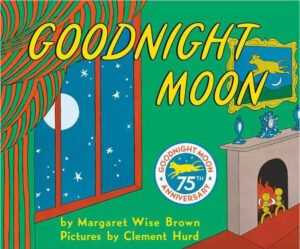
9. A Timeless Bedtime Classic – “Goodnight Moon” by Margaret Wise Brown
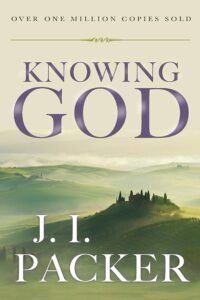
8. Empowering Faith: A Powerful, Transformative Journey in “Knowing God” by J.I. Packer

7. A Profound Exploration of “The Confessions of Saint Augustine”
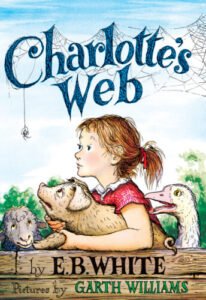
6. A Timeless Tale of Friendship: A Review of “Charlotte’s Web” by E.B. White
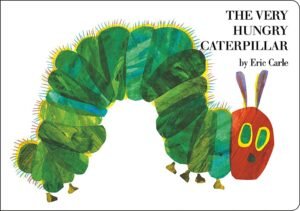
5. A Delightful Journey of Transformation: “The Very Hungry Caterpillar” by Eric Carle
LatestProducts
-

Caffeine & Chronicles Book Shirt: An Incredible Afternoon Tale
$24.99 Select options This product has multiple variants. The options may be chosen on the product page -

Lunar Literary Escape Book Shirt: 1 Beautiful Moonlit Odyssey
$24.99 Select options This product has multiple variants. The options may be chosen on the product page -

Cozy Reading Book Shirt: 1 Haven of Serenity That is Amazing
$24.99 Select options This product has multiple variants. The options may be chosen on the product page -

Amazing Book Lover Blend T Shirt: Where 2 Loves Come Together
$24.99 Select options This product has multiple variants. The options may be chosen on the product page





